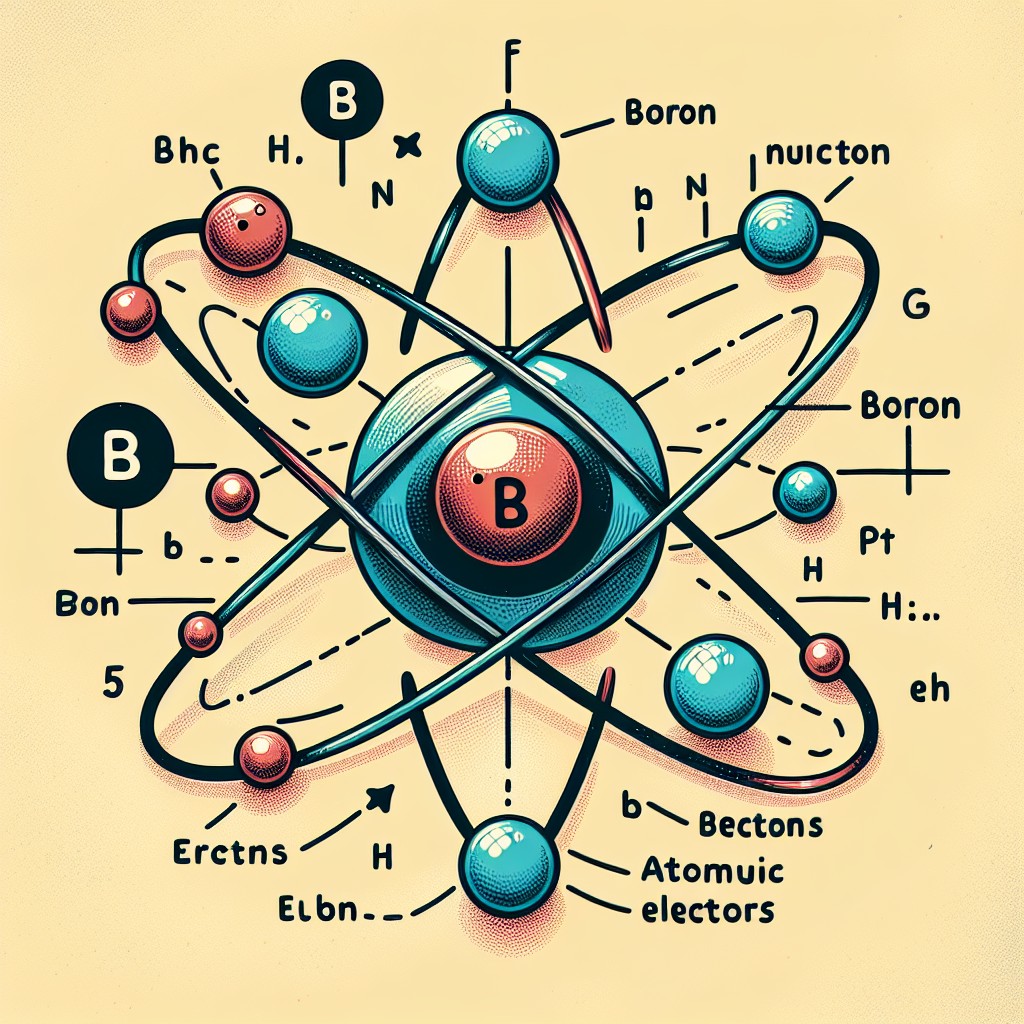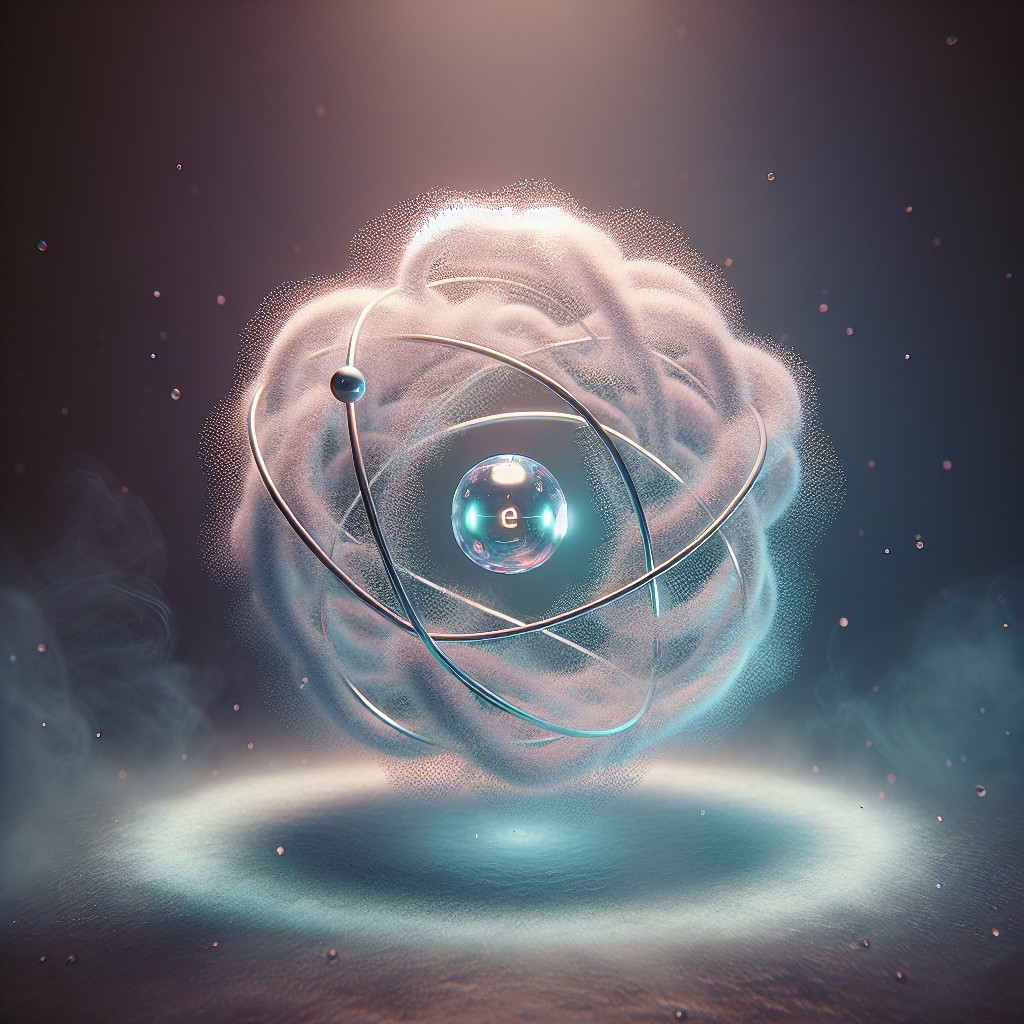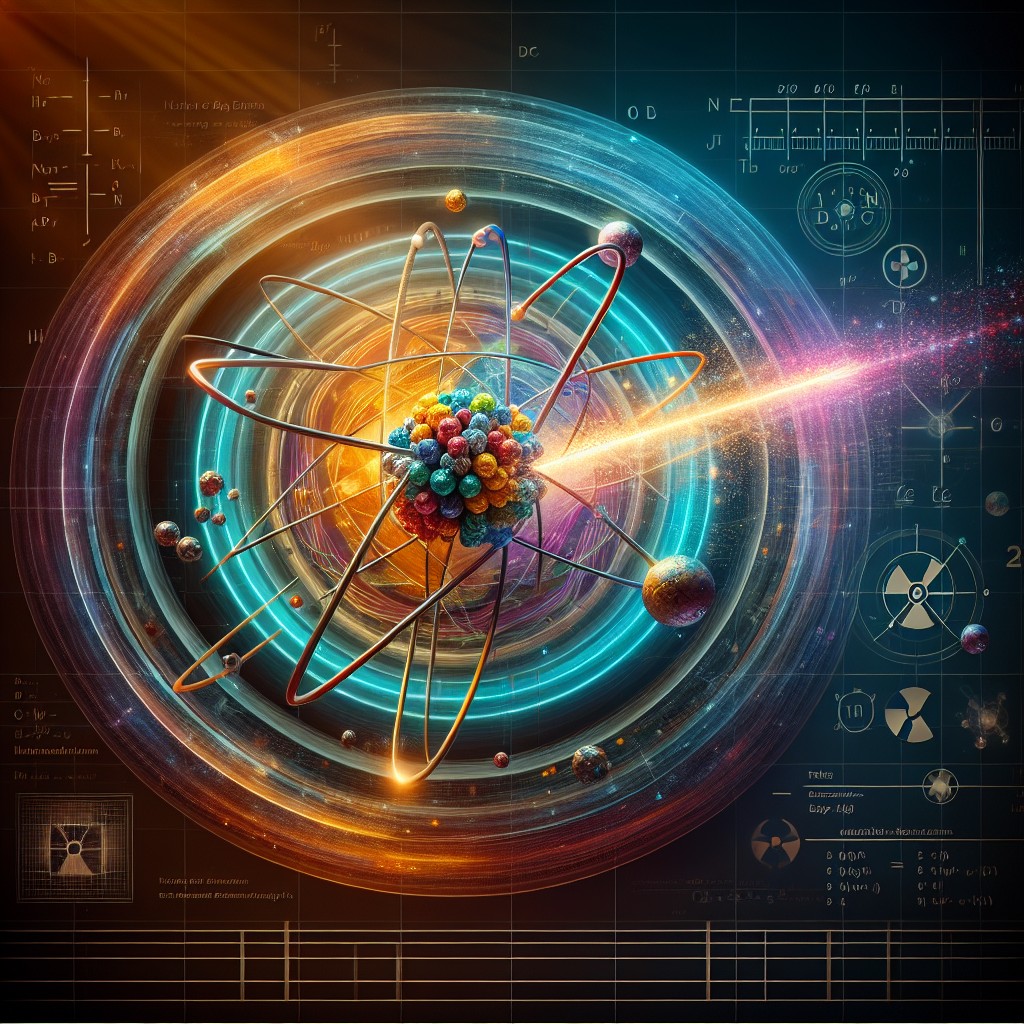| Date | Type | Event | | 1924-01-21 | | In 1924 Vladimir Lenin died of a brain haemorrhage at the age of 54
Lenin was the first leader of the Soviet Union and the founder of the communist revolution in Russia.
Vladimir Ilyich Ulyanov, better known as Lenin, was a revolutionary leader, political theorist, and the founder of the Soviet Union.
Lenin was born on April 22, 1870, in Simbirsk (later renamed Ulyanovsk in his honour), a provincial town in the Russian Empire. Lenin came from an educated middle-class family. His father was a school inspector, and his mother was a cultured woman with noble ancestry. The execution of his older brother, Alexander Ulyanov, in 1887 for participating in a plot to assassinate Tsar Alexander III profoundly influenced Lenin, solidifying his opposition to autocratic rule.
Lenin studied law at Kazan University but was expelled for participating in student protests. He continued his education independently, becoming well-versed in Marxist theory and revolutionary ideas. In the early 1890s, Lenin moved to St. Petersburg, where he joined revolutionary circles and began organizing workers.
In 1895, Lenin was arrested for revolutionary activities and exiled to Siberia. During this time, he married Nadezhda Krupskaya, a fellow revolutionary. After his Siberian exile ended, Lenin spent years in Switzerland, Germany, and other European countries, writing extensively on Marxist theory and building connections with socialist movements.
Lenin published What Is to Be Done? in 1902, advocating for a disciplined, vanguard party to lead the revolution.
In 1903, Lenin played a central role in splitting the Russian Social Democratic Labor Party into two factions: the Bolsheviks, which he led, and the Mensheviks.
In early 1917, the Tsarist regime was overthrown, and a Provisional Government was established. Lenin, who was in exile in Switzerland, returned to Russia with German assistance, as they hoped he would destabilize the Russian government.
The October Revolution: In November 1917 (October in the Julian calendar), Lenin and the Bolsheviks seized power in Petrograd (St. Petersburg) and overthrew the Provisional Government. This marked the beginning of Bolshevik rule.
Lenin led the Bolsheviks during the Russian Civil War (1917–1923) against the anti-Bolshevik White forces. The Bolsheviks emerged victorious despite widespread famine, economic collapse, and brutal repression. He introduced the controversial "War Communism" policy during the Civil War, later replaced by the more pragmatic New Economic Policy (NEP) in 1921 to revive the economy.
In 1922, Lenin oversaw the establishment of the Union of Soviet Socialist Republics (USSR), uniting multiple socialist republics under a single federal structure. But this was not a peaceful regime and Lennin used brutal force to maintain and grow control. Lenin authorized the Cheka (the Bolshevik secret police) to conduct mass executions and arrests to eliminate "counter-revolutionaries."
The total number of deaths attributable to Lenin’s rule is estimated to be between 8 million and 15 million, including:
- Civil War deaths (combat and civilian).
- Victims of famine and disease.
- Executions during the Red Terror and suppression of revolts.
Lenin's health began to deteriorate in 1922 after he suffered a series of strokes. These left him partially paralyzed and limited his ability to participate in governance.
Lenin grew increasingly wary of Joseph Stalin's growing power. In his "Testament," written in late 1922 and early 1923, Lenin criticized Stalin and suggested he be removed from his position as General Secretary. However, Stalin and his allies suppressed this document after Lenin's death.
Lenin died on January 21, 1924, at the age of 53, likely from complications related to his strokes. Some theories suggest syphilis or poisoning, but these remain speculative.
|
| 1924-01-21 | | In 1924 Vladimir Lenin died of a brain haemorrhage at the age of 54
Lenin was the first leader of the Soviet Union and the founder of the communist revolution in Russia.
Vladimir Ilyich Ulyanov, better known as Lenin, was a revolutionary leader, political theorist, and the founder of the Soviet Union.
Lenin was born on April 22, 1870, in Simbirsk (later renamed Ulyanovsk in his honour), a provincial town in the Russian Empire. Lenin came from an educated middle-class family. His father was a school inspector, and his mother was a cultured woman with noble ancestry. The execution of his older brother, Alexander Ulyanov, in 1887 for participating in a plot to assassinate Tsar Alexander III profoundly influenced Lenin, solidifying his opposition to autocratic rule.
Lenin studied law at Kazan University but was expelled for participating in student protests. He continued his education independently, becoming well-versed in Marxist theory and revolutionary ideas. In the early 1890s, Lenin moved to St. Petersburg, where he joined revolutionary circles and began organizing workers.
In 1895, Lenin was arrested for revolutionary activities and exiled to Siberia. During this time, he married Nadezhda Krupskaya, a fellow revolutionary. After his Siberian exile ended, Lenin spent years in Switzerland, Germany, and other European countries, writing extensively on Marxist theory and building connections with socialist movements.
Lenin published What Is to Be Done? in 1902, advocating for a disciplined, vanguard party to lead the revolution.
In 1903, Lenin played a central role in splitting the Russian Social Democratic Labor Party into two factions: the Bolsheviks, which he led, and the Mensheviks.
In early 1917, the Tsarist regime was overthrown, and a Provisional Government was established. Lenin, who was in exile in Switzerland, returned to Russia with German assistance, as they hoped he would destabilize the Russian government.
The October Revolution: In November 1917 (October in the Julian calendar), Lenin and the Bolsheviks seized power in Petrograd (St. Petersburg) and overthrew the Provisional Government. This marked the beginning of Bolshevik rule.
Lenin led the Bolsheviks during the Russian Civil War (1917–1923) against the anti-Bolshevik White forces. The Bolsheviks emerged victorious despite widespread famine, economic collapse, and brutal repression. He introduced the controversial "War Communism" policy during the Civil War, later replaced by the more pragmatic New Economic Policy (NEP) in 1921 to revive the economy.
In 1922, Lenin oversaw the establishment of the Union of Soviet Socialist Republics (USSR), uniting multiple socialist republics under a single federal structure. But this was not a peaceful regime and Lennin used brutal force to maintain and grow control. Lenin authorized the Cheka (the Bolshevik secret police) to conduct mass executions and arrests to eliminate "counter-revolutionaries."
The total number of deaths attributable to Lenin’s rule is estimated to be between 8 million and 15 million, including:
- Civil War deaths (combat and civilian).
- Victims of famine and disease.
- Executions during the Red Terror and suppression of revolts.
Lenin's health began to deteriorate in 1922 after he suffered a series of strokes. These left him partially paralyzed and limited his ability to participate in governance.
Lenin grew increasingly wary of Joseph Stalin's growing power. In his "Testament," written in late 1922 and early 1923, Lenin criticized Stalin and suggested he be removed from his position as General Secretary. However, Stalin and his allies suppressed this document after Lenin's death.
Lenin died on January 21, 1924, at the age of 53, likely from complications related to his strokes. Some theories suggest syphilis or poisoning, but these remain speculative.
|


